Notes
Thoughts on Afghan Girl’s Third Cover Appearance as National Geographic Looks Back, Forward
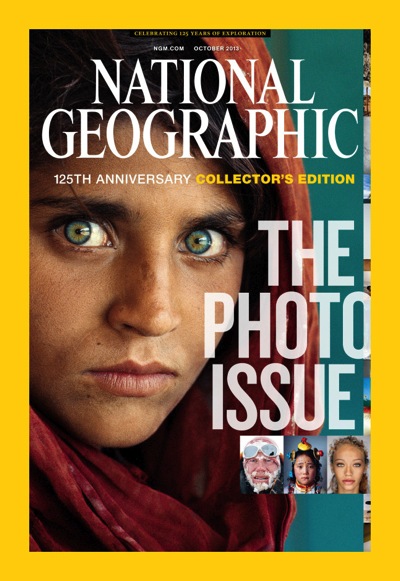
Has the same portrait ever appeared on the cover of a major US magazine even twice, not to mention three times? I imagine that milestone, recorded on the latest cover of National Geographic, as equivalent to Michael Phelps’ 18 gold medals or Secretariat’s 31-length victory in the 1973 Belmont. It quite a distinction.
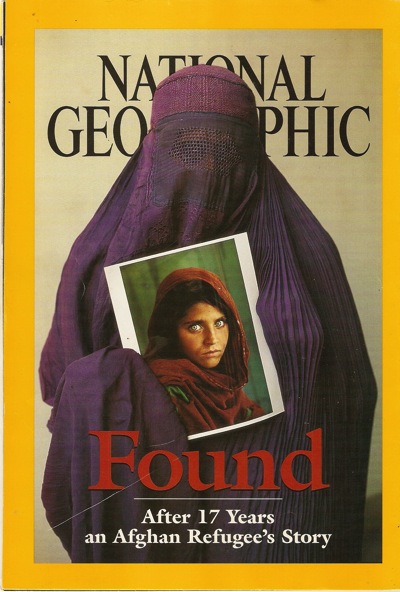
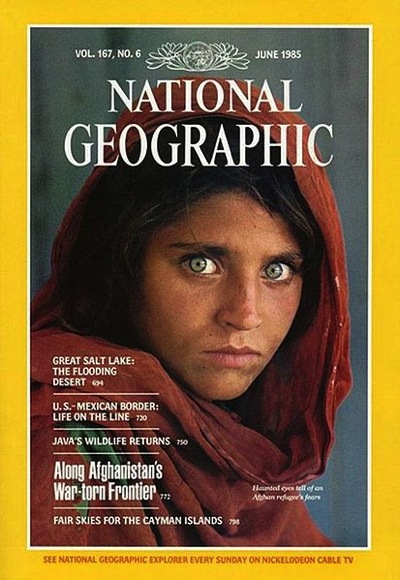
So, What are we to make of the Afghan Girl’s second encore?
One of two things, I imagine. The first would be an affirmation of her iconic status and incandescence: the culture magazine’s premier cover girl; the Mona Lisa of photojournalism, as some people have analogized. Then, the other is that the return of the ageless and hypnotically entrancing Sharbat Gula, the West’s lionized and exoticized Asian everywoman, is sort of milking it. Still, if they could offer up the Afghan Girl on the cover every week — the same way the porterhouse at Peter Luger or the lobster at the Palm are so enshrined — why wouldn’t they? I mean, only three times in 28 years? I’m sure plenty of people return to the Louvre to see the other Mona Lisa more often than that. Or, would if they could.
The context for her reengagement is to highlight Nat Geo’s photography issue and the magazine’s photographic legacy in celebration of the publication’s 125th birthday. And with that much to commemorate (mindful of the results when you Google “famous National Geographic covers“), why not return with such a proto-photo. Coincidentally, and as a testament to her ubiquity, I had dinner on my last night in New York after Photoville at a little Afghan restaurant near Times Square. And who was featured on the wall? Hint: it wasn’t Rumi or Karzai even.
Robert Draper leads off the introduction with an homage to photography in the magazine, citing how photos like Marcus Beasdale’s on the diamond trade or McCurry’s Afghan girl have had “game changing” effects.
What her intense, sea-green eyes told the world from the cover of National Geographic’s June 1985 issue a thousand diplomats and relief workers could not. The Afghan girl’s stare drilled into our collective subconscious and stopped a heedless Western world dead in its tracks. Here was the snare of truth. We knew her instantly, and we could no longer avoid caring.
Still, after reading Draper’s words, it’s still not clear to me exactly why she’s on the cover.
What’s the symbolism of this symbolism enlisting the Afghan Girl in an entirely new role, not as survivor, or icon, or diplomat, or object of beauty, but in this case, the official representative of decades worth of notable National Geographic imagery? Was the choice completely automatic? (And if so, should it have been?) As a franchise, what perceptual, symbolic and cultural message does that send? And how much does it speak to the influence of the marketing and business side to capitalize — with all the vital themes out there — on redundancy?
In elevating one picture from its 108 years of imagery, it’s interesting that the magazine would choose a photo that, as much as anything at this point, is famous for being famous and about the hit single versus the richer album. (The image is so self-referential, she’s been cropped just to amplify the signature head scarf and eyes.) I don’t blame them, though. That’s where the culture and the media culture is today. Besides its deep bench of gifted photographers and photo editors, NatGeo, too, is a pillar in articulating cross-cultural understanding, telling conscience stories and, so vital now, illuminating the ecological complexity and vulnerability of Mother Earth. At the same time the company celebrates that storied engagement, however, it’s also at a pivot point in its history where its not only expanding, but in many ways, squeezing its brand and visual franchise like a tube of toothpaste to monetize what Draper refers to as “a global cacophony of freeze-frames.”
With its new photo blog, its wallpapers, its photo galleries, its landscapes, its pic of the day, its assignment contest and it’s much touted “your pic” social photo-engagement with readers like you and me (here’s our hashtag for posting pictures of your dog!), It has got to be an interesting time for advocates of a purer brand of imagery and visual storytelling in that organization right now. It’s against this background — the tension between the high ground and the corporate soul-sharing features, sections, widgets and co-branded baubles steeped as much or more in the new media infotainment complex — that I’m thinking about Sharbat Gula’s now thirty-first through forty-fifth minutes of fame.
I wouldn’t be surprised if the decision to re-rerun the Afghan Girl wasn’t applauded by every photo professional at NatGeo, even if she’s gotten a little more kitsch, because she is that much of an institution — the marquee. With that understanding, what else could you possibly use for this cover? Jane Goodall is more a throwback to the Dick-and-Jane era. The moon landing, for god sakes, practically screams been-there, done-that.
Still, how confounding is it using the Afghan Girl — world culture and geography’s equivalent of the 70’s Farah Fawcett poster — as the signifier of the brand? Obsessed as we are now with visuality; sexuality; popularity and virality; abject familiarity; compassion and style in one batter mix; and above all, the imperative to capture the click, perhaps, as the model not just for the past but for the mission going forward, she’s a little too perfect.
(photos: Steve McCurry)
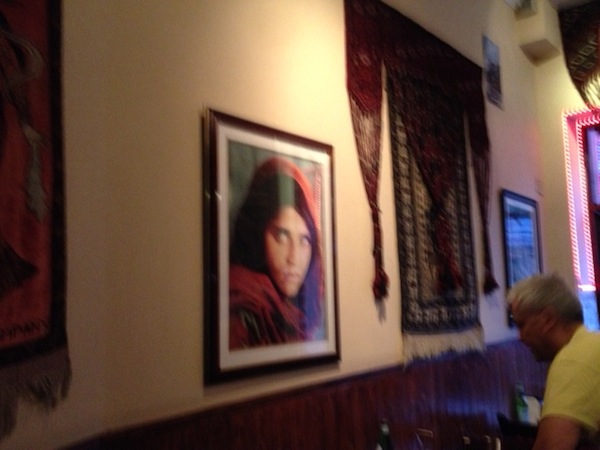
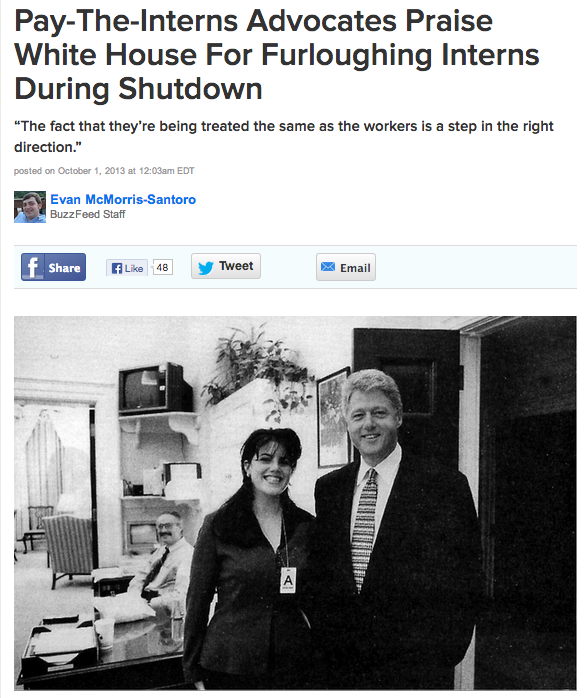
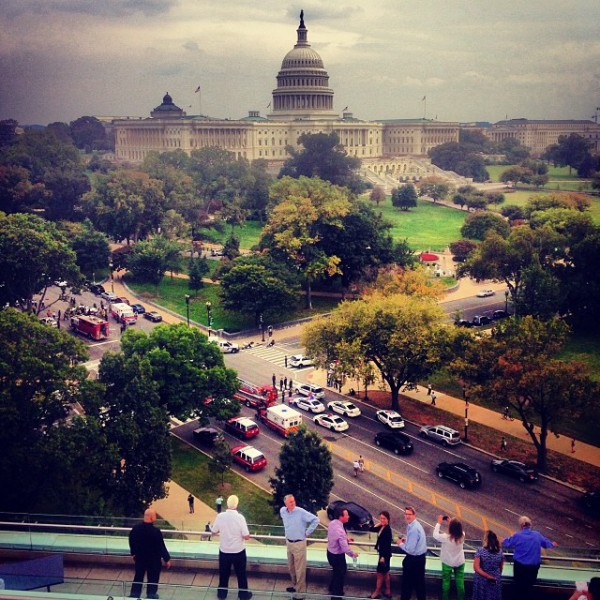
Reactions
Comments Powered by Disqus